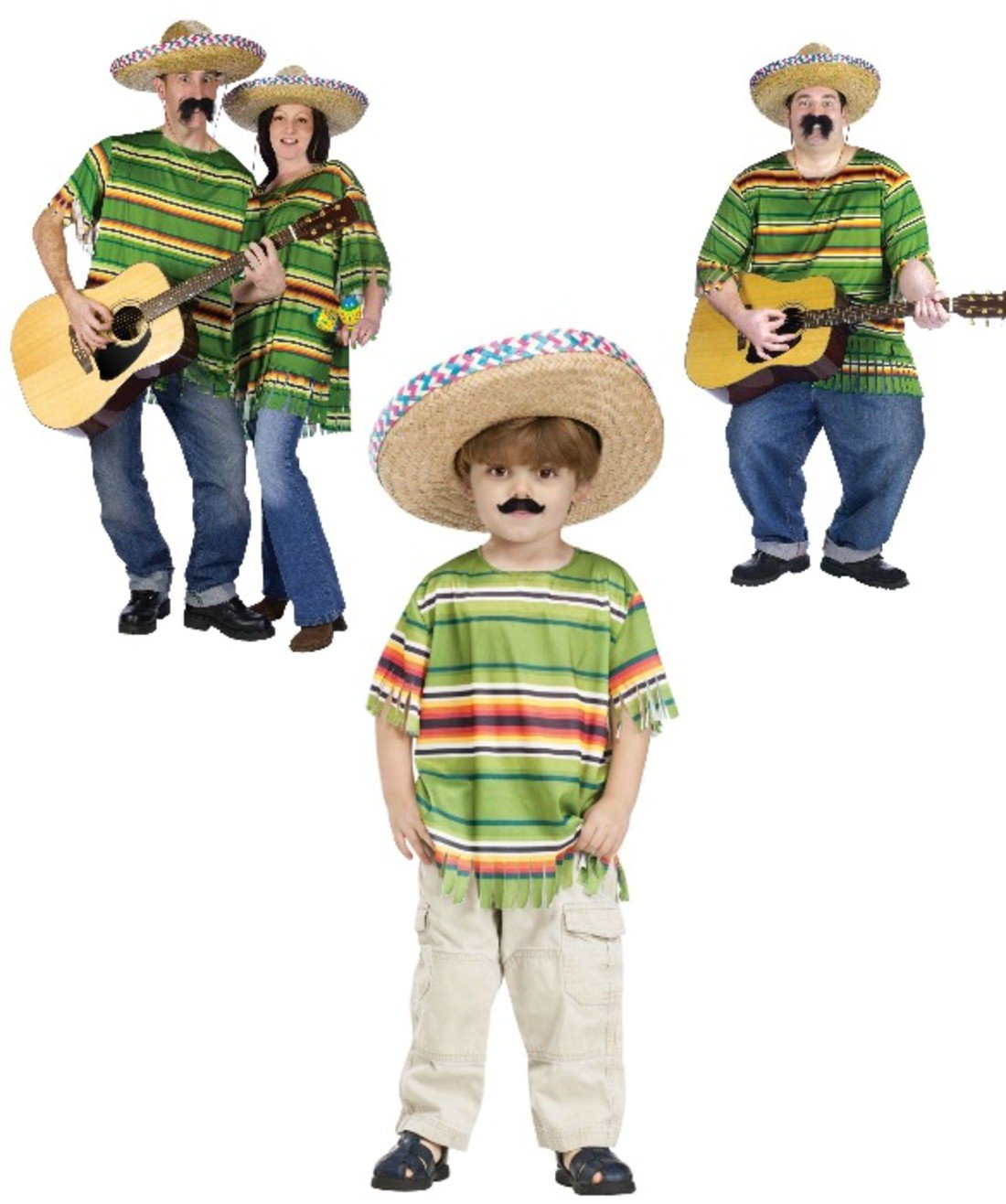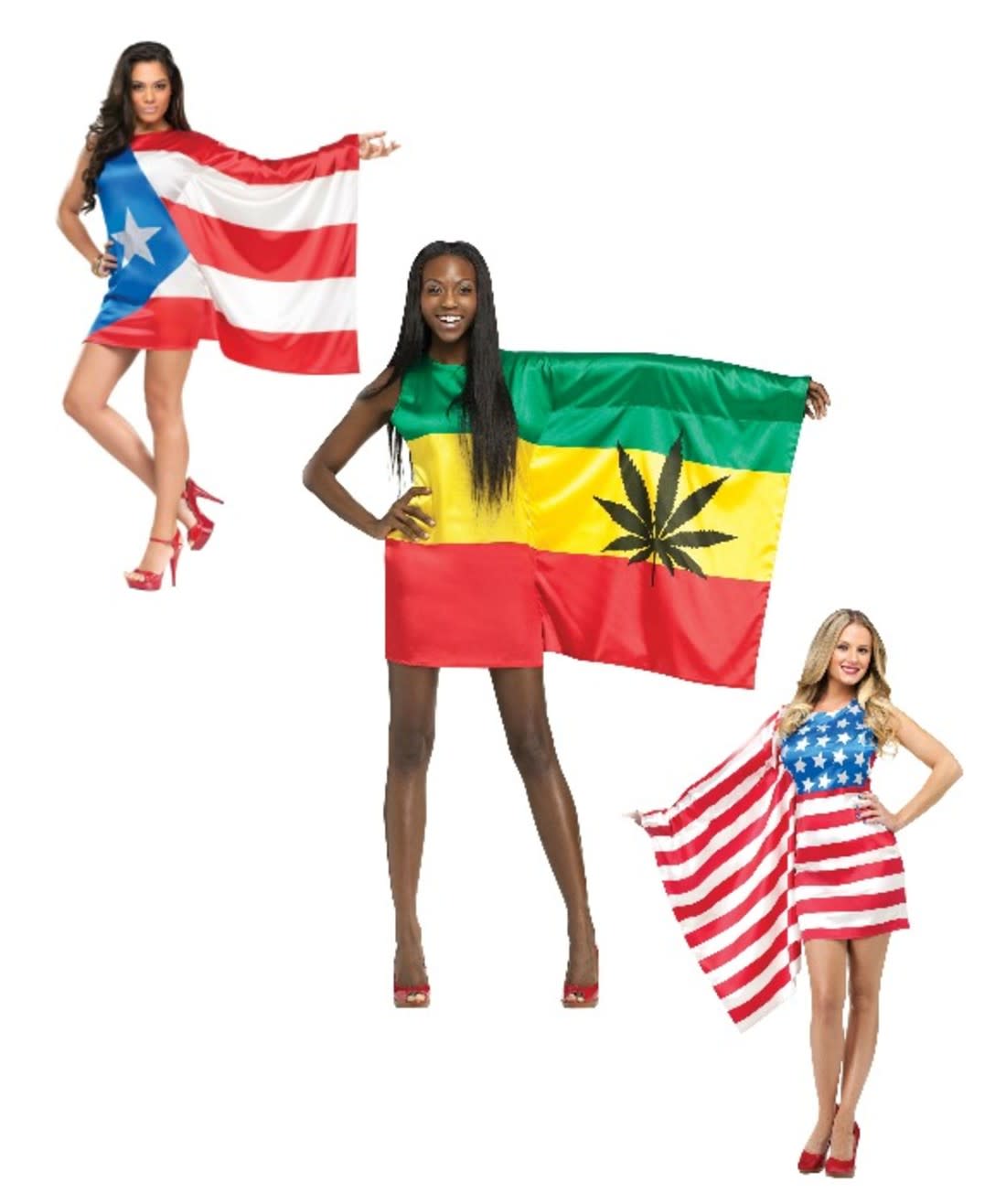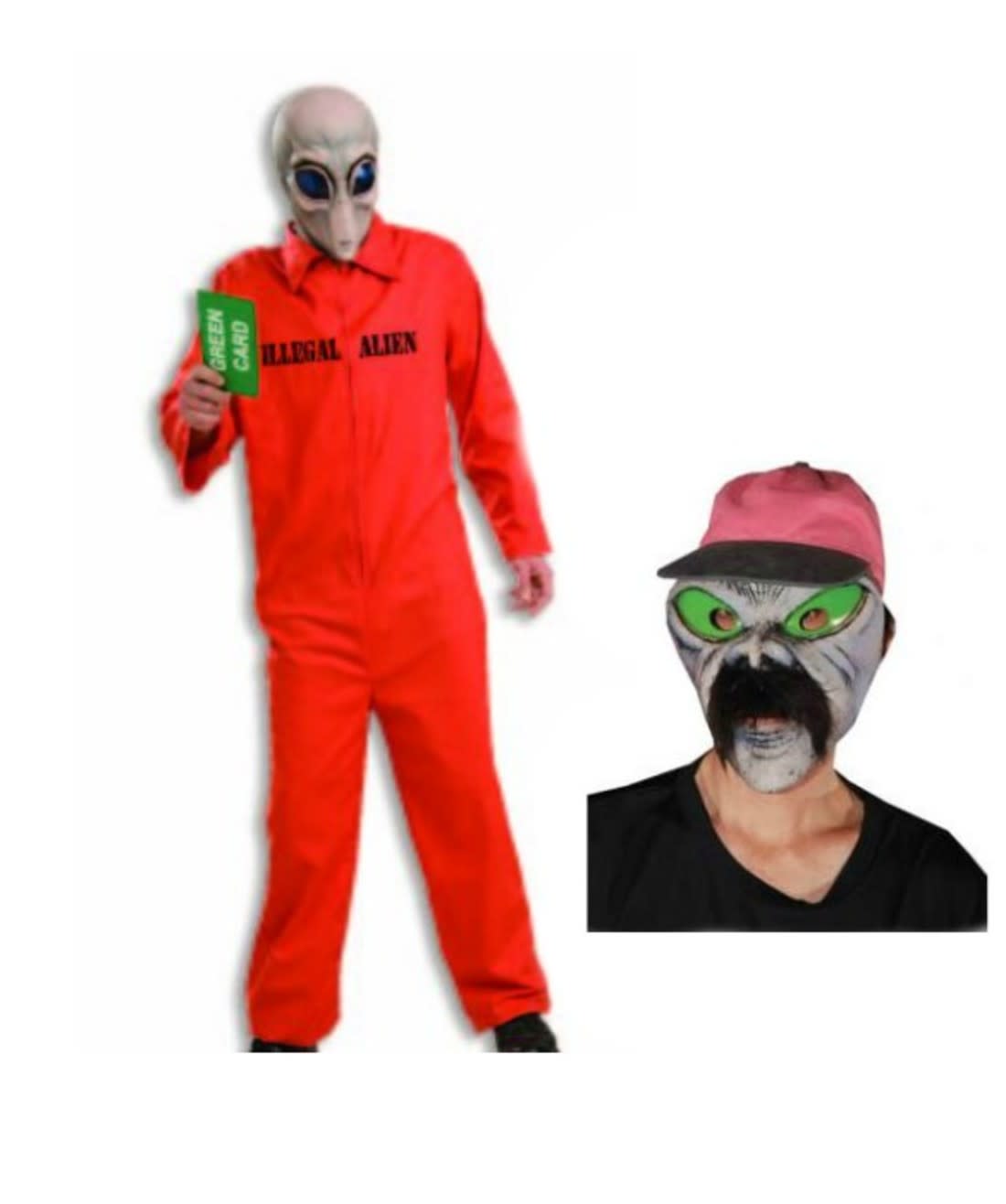In this article
Halloween is a time when kids and adults alike can express themselves and their interests. Dressing up for Halloween evokes the magic of pretend play, fantasy, and make-believe. But, as caregivers, it's important to know when Halloween costumes are inappropriate or promote stereotypes. Here are some easy ways to recognize culturally insensitive Halloween costumes and ideas for recognizing cultural appropriation and helping your child choose an appropriate costume for trick-or-treating.
Common culturally insensitive Halloween costumes

Cultural appropriation is the adopting of a non-dominant culture for your own benefit, thereby devaluing and disrespecting the culture in question. According to 64% of Millenials and Gen Z, it's a significant problem in the United States. And nowhere is this more evident than in popular Halloween costumes of the last several decades. Cultural appropriation has been an issue for awhile, well before the term was first coined in the 1980s.
Many of us may even be guilty of dressing up in ways that highlighted cultural stereotypes in the past, either by wearing a poncho or sombrero, a grass skirt, and a coconut bra or in costumes that mock religious figures like priests, nuns, or rabbis.
Other common culturally insensitive costumes include those that highlight a gender presentation other than your own. Costumes that depict mental illness, unhoused persons or sexualized versions of occupations are also inappropriate.
Especially egregious are those that appropriate a culture other than your own. Kelly Tudor, a Lipan Apache woman, and educator who facilitates online classes for homeschoolers about Native people. explained one reason why Native cultural costumes are insensitive.
"Different types of feathers have different meanings in American Indian/Native cultures depending on the nation," the homeschooling mom wrote on Outschool. "For most nations, the feathers and parts of specific birds of prey are sacred and carry significant meaning, with eagle feathers being the most important. Wearing fake feathers, like in costumes and fake headdresses is disrespectful and similar to the concept of stolen valor."
What if your child decides to choose a Halloween costume that is culturally insensitive?

Raising a culturally aware child requires having conversations, regularly, early, and often. For younger children, this can be as simple as pointing out inappropriate sayings, actions, or attitudes in old-school cartoons. As your child grows older, conversations can be more in-depth. They can happen in response to current events or simply part of everyday life.
Despite these conversations, it can be difficult for children, and some adults, to parse what culturally insensitive actually means. If your child comes to you with a Halloween costume request that is culturally insensitive, you'll want to address the situation right away. Baylor University Journalism professor Mia Moody-Ramirez suggests posing this question to your child:
"Say you go trick-or-treating. If someone from that culture opens the door, will they be offended by your costume?" Moody-Ramirez asked. "If you could say yes, I’d advise you not to wear it.”
Fifth-grade teacher Jess Lifshitz sends letters home near Halloween and other school dress-up days, to remind kids and their caregivers that dressing as caricatures of actual people is problematic.
"So having those conversations ahead of time allowed kids to see why somebody else's struggle shouldn't make up someone's Halloween costume," Lifshitz told WFSU Public Media. "What's wonderful about children is once you help them see those things, they don't ever want to create that situation, and the kids are so eager to make the right choice once you sort of show them the problems that exist."
Tips for selecting appropriate Halloween costumes for your family

Now that you know what not to wear for Halloween, here's how to help the child in your life choose an appropriate Halloween costume for spooky season.
First and foremost, Blackface is never ok. If your child wants to be Michonne from The Walking Dead, do it up with a vest, jeans, bandana, and hiking boots. Add in a toy sword and call it a day. If your child's hair isn't naturally in locs, don't buy a wig. Leave their hair as is. Everyone will know Michonne, without unnecessary culturally insensitive extras.
One way that many public schools get dressing up right, is by having children dress up as their favorite classic storybook character. This is a great option for Halloween because there are so many characters to choose from, from one of The Three Little Pigs to Alice in Wonderland, the possibilities are endless.
Family-theme costumes are also generally safe and can be a fun way to get parents, grandparents, the baby, and even the family dog involved. An entire family dressed like Disney's The Incredibles characters makes for a great photo opportunity!
If our goal is to raise our children as inclusive, empathetic, and respectful global citizens, we have to begin with the seemingly small things. Addressing culturally insensitive Halloween costumes is a great way to start.

